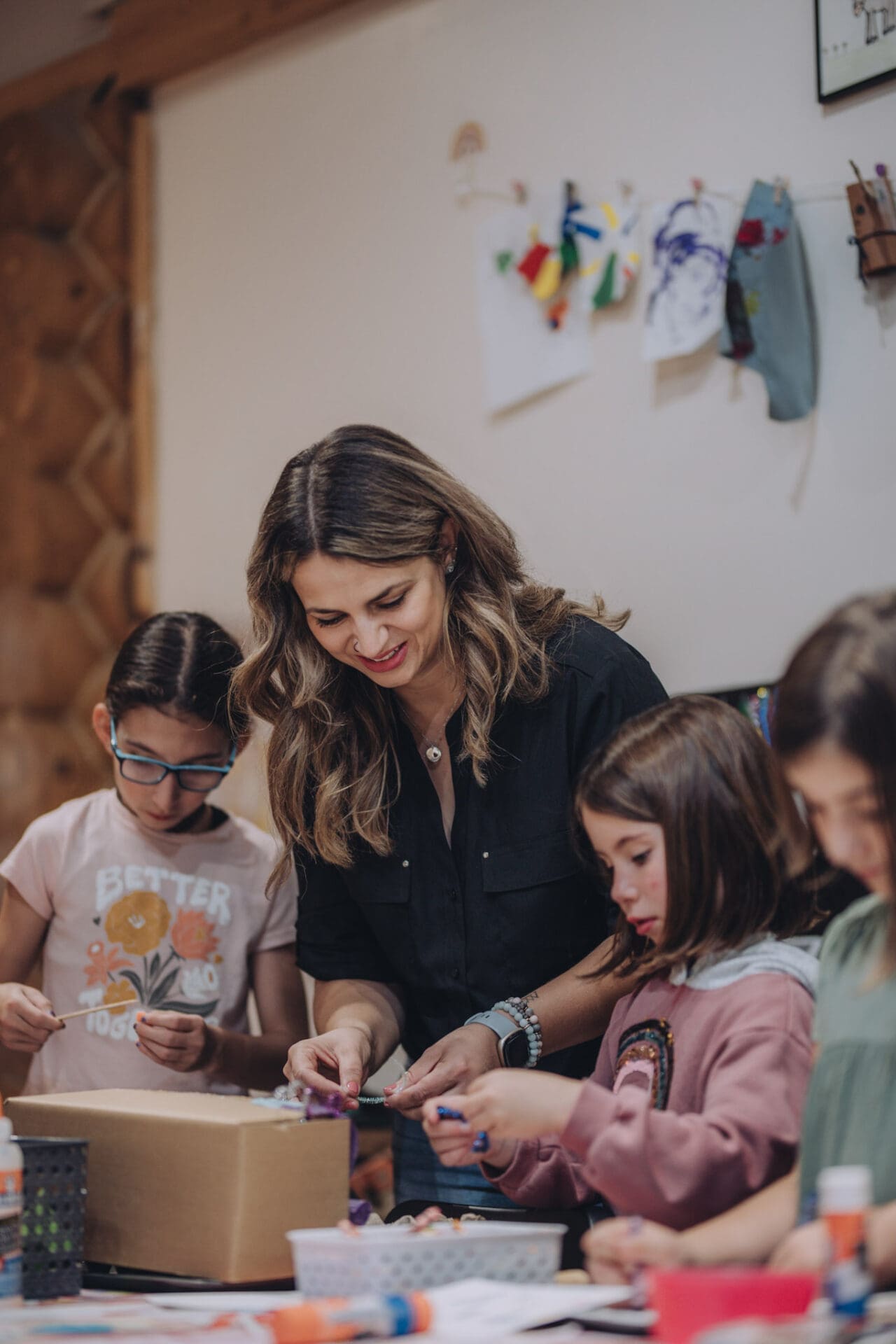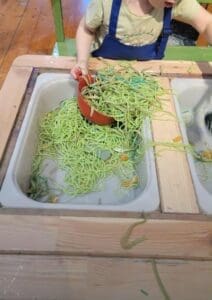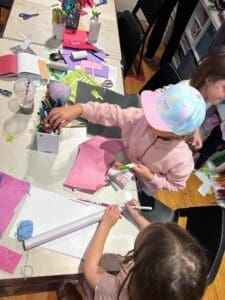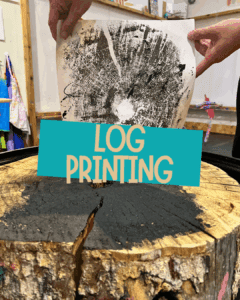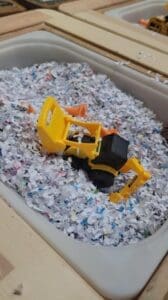Imaginative play is more than just fun and games for children; it’s a critical part of their development and a foundation for creativity, problem-solving, and emotional growth. At The Messy Moose Studio, we integrate the principles of imaginative play into our process art activities, giving kids the freedom to explore, invent, and create without boundaries. Let’s explore why imaginative play is so important and how it supports your child’s overall growth.
What is Imaginative Play?
Imaginative play, also known as pretend play or make-believe, occurs when children use their creativity to role-play scenarios, invent characters, or create new worlds. Whether they’re building a castle from cardboard boxes, pretending to be explorers in an uncharted jungle, or creating fantastical creatures through art, kids engage their imagination and bring their ideas to life.
The Benefits of Imaginative Play
- Boosts Creativity and Innovation
Imaginative play allows children to think outside the box and come up with unique ideas. In a world that values innovation, the ability to dream and imagine is a vital skill. Through process art, children can turn their imaginative stories into tangible creations, fostering a sense of accomplishment and pride. - Develops Problem-Solving Skills
When kids engage in imaginative play, they encounter challenges and obstacles they must overcome. How will they rescue the princess from the dragon? How will their cardboard spaceship reach the moon? These scenarios encourage critical thinking and the ability to find creative solutions. - Builds Emotional Intelligence
Pretending to be someone else or creating characters helps children explore different emotions and perspectives. This role-playing can improve empathy, communication skills, and the ability to manage emotions. - Encourages Independence
Imaginative play gives children a chance to make decisions, take risks, and explore their capabilities without fear of judgment. They learn to trust their instincts and build confidence in their ideas. - Supports Social Development
When children engage in pretend play with others, they learn to negotiate, collaborate, and share. They also develop storytelling skills and the ability to articulate their thoughts, which are essential for building strong relationships.
The Connection Between Imaginative Play and Process Art
At The Messy Moose Studio, we view art as an extension of imaginative play. Process art, which emphasizes the experience of creating rather than the final product, allows children to explore their ideas freely. There are no rules or right answers, which means kids can experiment and express themselves without limits.
For example, a child might use paint, clay, and recycled materials to create a whimsical city for imaginary creatures. Along the way, they’re not only practicing artistic techniques but also weaving a story, solving problems, and expressing emotions. It’s a holistic experience that nurtures both their creative and cognitive abilities.
How to Encourage Imaginative Play at Home
You don’t need fancy tools or toys to spark imaginative play. Here are a few simple ways to encourage your child’s creativity:
- Provide Open-Ended Materials: Offer items like cardboard boxes, fabric scraps, and art supplies that can be transformed into anything your child imagines.
- Create a Play-Friendly Space: Dedicate an area where your child can make a mess, build forts, or set up a pretend world.
- Join in the Fun: Show your enthusiasm by participating in their make-believe games. Let them take the lead and guide the story.
- Limit Screen Time: Give kids plenty of unstructured time to let their imagination take the spotlight.
Conclusion
Imaginative play is essential for a child’s growth, helping them build creativity, problem-solving abilities, and emotional resilience. By integrating process art into their playtime, we provide even more opportunities for self-expression and exploration. At The Messy Moose Studio, we’re proud to offer a space where kids can dream big, make a mess, and discover the joy of creating—all while building skills that will benefit them for a lifetime.
Encourage your child’s imagination today, and watch as they unlock their full potential. After all, every masterpiece begins with a single spark of creativity!
